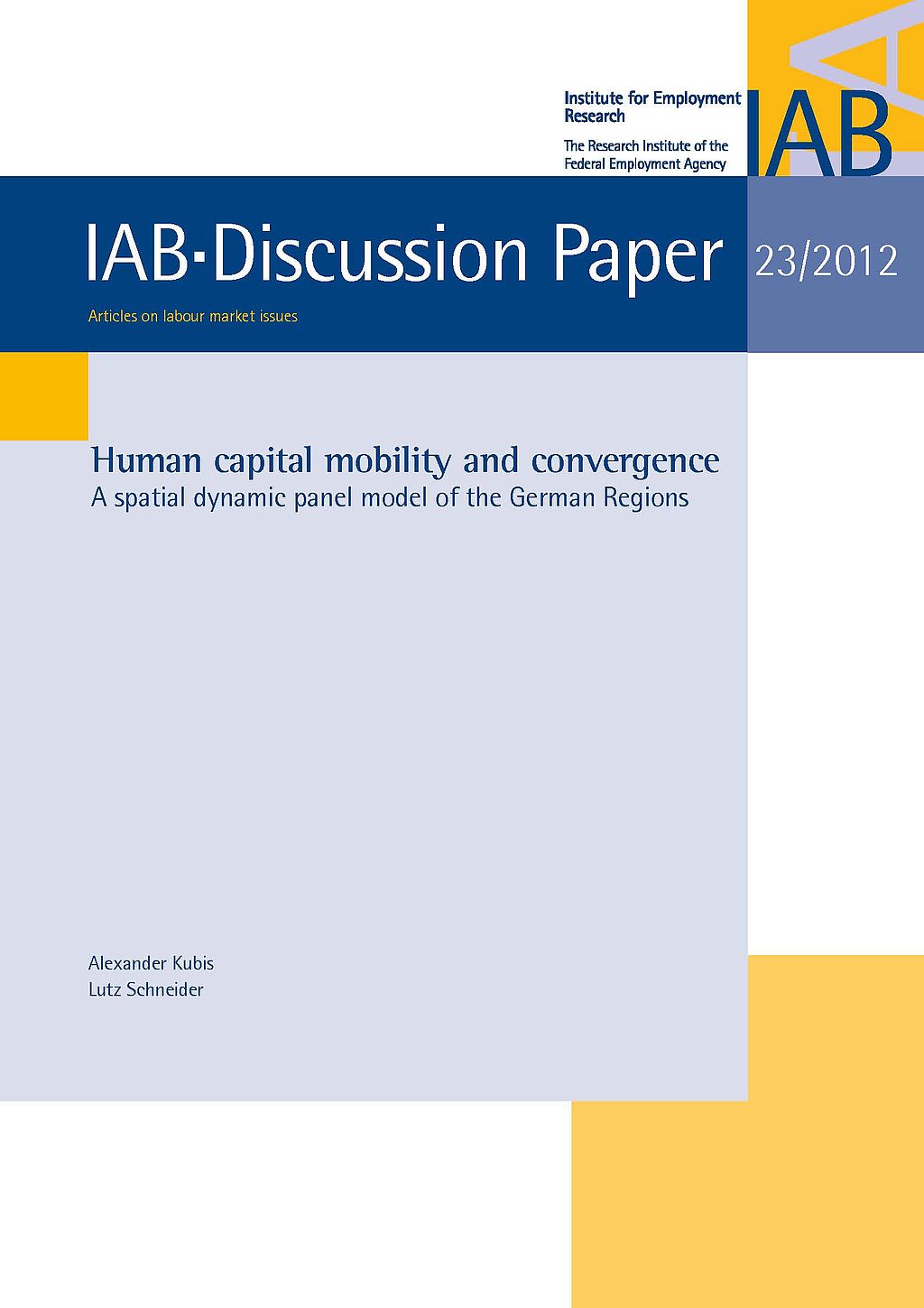
Human Capital Mobility and Convergence. A Spatial Dynamic Panel Model of the German Regions
Since the fall of the iron curtain in 1989, the migration deficit of the Eastern part of Germany has accumulated to 1.8 million people, which is over 10 percent of its ini-tial population. Depending on their human capital endowment, these migrants might either – in the case of low-skilled migration – accelerate or – in high-skilled case– impede convergence. Due to the availability of detailed data on regional human capital, migration and productivity growth, we are able to test how geographic mobil-ity affects convergence via the human capital selectivity of migration. With regard to the endogeneity of the migration flows and human capital, we apply a dynamic panel data model within the framework of β-convergence and account for spatial depend-ence. The regressions indicate a positive, robust, but modest effect of a migration surplus on regional productivity growth. After controlling for human capital, the effect of migration decreases; this decrease indicates that skill selectivity is one way that migration impacts growth.




